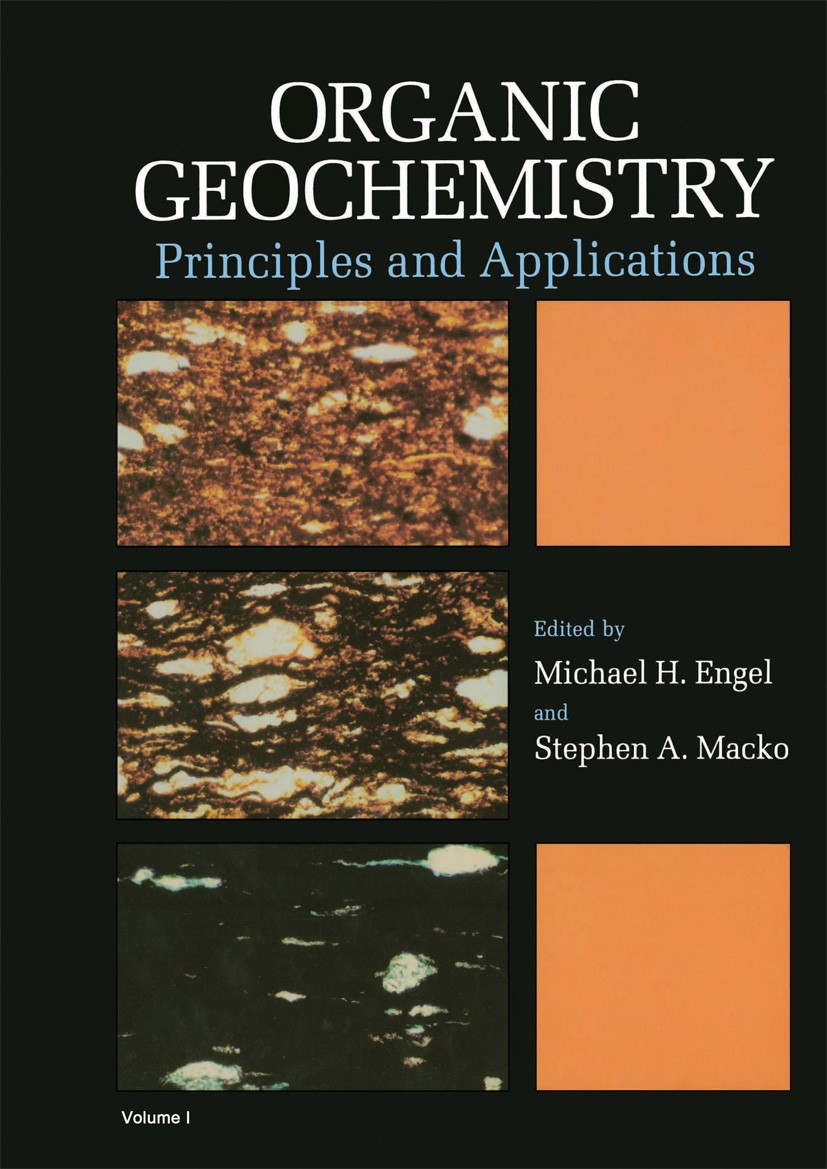Annotation of DOM metabolomes with an ultrahigh resolution mass spectrometry molecular formula library
IF 2.6
3区 地球科学
Q2 GEOCHEMISTRY & GEOPHYSICS
引用次数: 0
Abstract
Increased accessibility of liquid chromatography mass spectrometry (LC-MS) metabolomics instrumentation and software have expanded their use in studies of dissolved organic matter (DOM) and exometabolites released by microbes. Current strategies to annotate metabolomes generally rely on matching tandem MS/MS spectra to databases of authentic standards. However, spectral matching approaches typically have low annotation rates for DOM. An alternative approach is to annotate molecular formula based on accurate mass and isotopic fine structure measurements that can be obtained from state-of-the-art ultrahigh resolution Fourier Transform Ion Cyclotron Resonance mass spectrometry (FT-ICR MS), but instrument accessibility for large metabolomic studies is generally limited. Here, we describe a strategy to annotate exometabolomes obtained from lower resolution LC-MS systems by matching metabolomic features to a molecular formula library generated for a representative sample analyzed by LC 21T- FT-ICR MS. The molecular formula library approach successfully annotated 53% of exometabolome features of the marine diatom Phaeodactylum tricornutum – a nearly ten-fold increase over the 6% annotation rate achieved using a conventional MS/MS approach. There was 94% agreement between assigned formula that were annotated with both approaches, and mass error analysis of the discrepancies suggested that the FT-ICR MS formula assignments were more reliable. Differences in the exometabolome of P. tricornutum grown under iron replete and iron limited conditions revealed 668 significant metabolites, including a suite of peptide-like molecules released by P. tricornutum in response to iron deficiency. These findings demonstrate the utility of FT-ICR MS formula libraries for extending the accuracy and comprehensiveness of metabolome annotations.
利用超高分辨率质谱分子式库对 DOM 代谢组进行注释
液相色谱质谱(LC-MS)代谢组学仪器和软件的普及扩大了其在溶解有机物(DOM)和微生物释放的外代谢物研究中的应用。目前注释代谢组的策略一般依赖于将串联 MS/MS 图谱与真实标准数据库进行匹配。然而,光谱匹配法对 DOM 的注释率通常较低。另一种方法是根据最先进的超高分辨率傅立叶变换离子回旋共振质谱(FT-ICR MS)获得的精确质量和同位素精细结构测量结果来注释分子式,但大型代谢组学研究的仪器可及性通常有限。在此,我们介绍了一种通过将代谢组学特征与 LC 21T- FT-ICR MS 分析的代表性样品生成的分子式库进行匹配来注释从低分辨率 LC-MS 系统获得的外代谢组的策略。分子式库方法成功地注释了海洋硅藻 Phaeodactylum tricornutum 53% 的外代谢组特征,比传统 MS/MS 方法的 6% 注释率提高了近 10 倍。两种方法注释的分配公式之间的一致性达到 94%,对差异进行的质量误差分析表明,FT-ICR MS 公式分配更可靠。在缺铁和缺铁条件下生长的三疣梭子蟹外代谢组的差异揭示了 668 种重要的代谢物,其中包括三疣梭子蟹在缺铁时释放的一系列肽类分子。这些发现证明了 FT-ICR MS 配方库在提高代谢组注释的准确性和全面性方面的实用性。
本文章由计算机程序翻译,如有差异,请以英文原文为准。
求助全文
约1分钟内获得全文
求助全文
来源期刊

Organic Geochemistry
地学-地球化学与地球物理
CiteScore
5.50
自引率
6.70%
发文量
100
审稿时长
61 days
期刊介绍:
Organic Geochemistry serves as the only dedicated medium for the publication of peer-reviewed research on all phases of geochemistry in which organic compounds play a major role. The Editors welcome contributions covering a wide spectrum of subjects in the geosciences broadly based on organic chemistry (including molecular and isotopic geochemistry), and involving geology, biogeochemistry, environmental geochemistry, chemical oceanography and hydrology.
The scope of the journal includes research involving petroleum (including natural gas), coal, organic matter in the aqueous environment and recent sediments, organic-rich rocks and soils and the role of organics in the geochemical cycling of the elements.
Sedimentological, paleontological and organic petrographic studies will also be considered for publication, provided that they are geochemically oriented. Papers cover the full range of research activities in organic geochemistry, and include comprehensive review articles, technical communications, discussion/reply correspondence and short technical notes. Peer-reviews organised through three Chief Editors and a staff of Associate Editors, are conducted by well known, respected scientists from academia, government and industry. The journal also publishes reviews of books, announcements of important conferences and meetings and other matters of direct interest to the organic geochemical community.
 求助内容:
求助内容: 应助结果提醒方式:
应助结果提醒方式:


